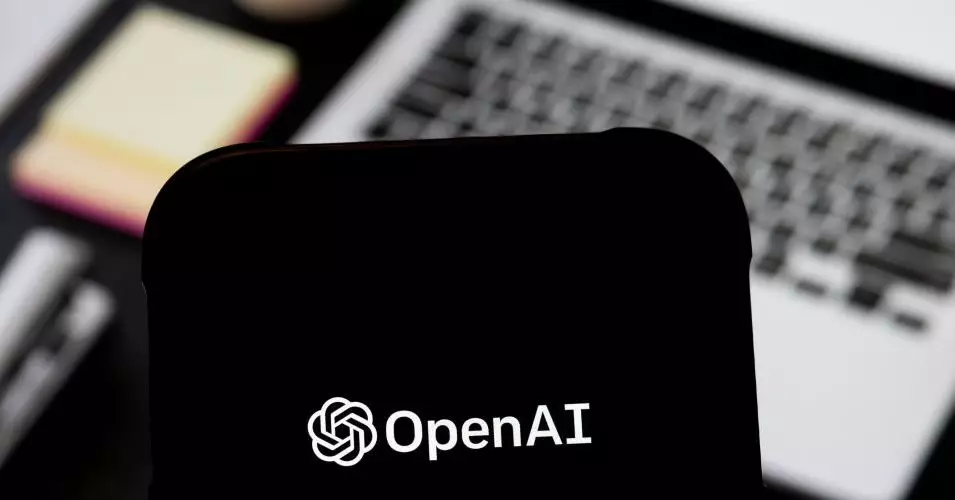In an electrifying announcement, Sam Altman, CEO of OpenAI, has stated that the company is preparing to launch a new open-weight artificial intelligence model in the coming months. This impending release marks a strategic pivot for OpenAI, which has historically maintained a somewhat guarded stance on its AI technologies. Altman’s declaration on social media emphasized the organization’s commitment to making AI more accessible and extendable, especially in light of formidable competition from rivals like DeepSeek and Meta. The success of DeepSeek’s R1 model—recognized for its efficiency and affordability—has undoubtedly played a pivotal role in galvanizing OpenAI to reevaluate its approach toward open-source technology.
This move isn’t merely a reaction to market trends; it signals a broader ideological shift within OpenAI. In previous statements, Altman candidly admitted to being “on the wrong side of history” when it came to open models, further indicating that the organization is now eager to catch up. By venturing into open-weight models, OpenAI aims not just to recapture lost ground but to lead the charge towards a more collaborative future in AI development—a space that has been historically dominated by closed systems and commercial licenses.
The Economic Imperative of Open-Weight Models
One of the most compelling reasons for OpenAI’s transition toward open-weight models is the financial implications associated with their usage. The operational cost of utilizing proprietary models can be staggering, and this factor is not lost on developers and enterprises looking to harness advanced AI without breaking the bank. The fact that DeepSeek managed to train its model at a fraction of the cost commonly seen in the industry highlights the competitive edge that open-weight models can provide. In a landscape where budgets are tightening, OpenAI’s decision to introduce a cost-effective alternative positions it as a frontrunner in democratizing AI technology.
Clement Delangue, cofounder of HuggingFace, encapsulated the sentiments surrounding this decision when he remarked on the widespread realization of the power that open weights afford. For developers and researchers alike, the implications are profound. Open-weight models not only reduce financial barriers to entry but also allow for greater customization. This flexibility is particularly advantageous in sensitive scenarios, where privacy and data security are paramount concerns.
Mitigating Risks Associated with Open-Weight Models
However, this shift towards openness is not without its controversies and challenges. Altman’s announcement also touched upon the potential risks associated with releasing such models into the wild. While the advantages of open weights are considerable, concerns linger about their potential misuse. Experts, including researchers at OpenAI, have expressed apprehensions that such models could empower malicious actors to execute cyberattacks or even engage in bioterrorism.
Johannes Heidecke, an AI safety researcher at OpenAI, reassured the community that rigorous testing and ethical guidelines would be employed to prevent catastrophic misuses of the new models. This proactive stance is crucial; as AI technology evolves, so too does the necessity for responsible development and deployment. OpenAI’s commitment to its Preparedness Framework reflects a nuanced understanding of the delicate balance required to promote innovation while safeguarding society from potential risks.
Engaging the Developer Community
As the anticipated release date approaches, OpenAI is proactively engaging with the developer community. The announcement of an early access initiative aims to foster collaboration and feedback, underscoring the importance of community involvement in the model’s iterative development process. This outreach reflects OpenAI’s recognition that a successful open-weight model will not only require effective technology but also a supportive ecosystem of developers and researchers passionate about ethical AI deployment.
As OpenAI prepares to unveil its open-weight AI model, the implications are vast and multifaceted. The decision to pivot toward a more open approach encapsulates a transformative moment in AI history—one that blends commercial viability, community engagement, and ethical considerations. The challenge now will be to navigate the complexities of open-source technology while ensuring that advancements do not come at the cost of safety and responsibility.

